by Dan Plesch and Kevin Miletic
Securing Our Common Future, just issued by UN Secretary General Antonio Guterres, is an inspiring, visionary document produced after extensive consultations with governments and civil society. On the eve of Donald Trump’s trip to Europe for a NATO meeting and summit with Russian President Vladimir Putin, the Guterres agenda offers one possible way forward for the world’s nuclear powers. It’s a Rough Guide to world peace that surveys the potential for world disarmament from “hand grenades to hydrogen bombs.”
Guterres directly challenges the five members of the nuclear club on the UN Security Council—China, France, Russia, the US, and the UK—to take urgent steps toward disarmament now because of the instability and dangers in international affairs. He asks, “Do the leaders of the nuclear powers support the joint statement by Reagan and Gorbachev that nuclear war cannot be won and must not be fought?” Today, none of the nuclear-armed states is willing to say this. Except for China, they all declare that they are ready and willing to turn a war into a nuclear war. Thirty years ago, NATO struggled to say that nuclear weapons would only be used as a “last resort.” It has not been repeated.
The NATO Summit and the Trump-Putin summit in Helsinki that follows present the best opportunity for world leaders to emulate their distinguished predecessors who understood that disarmament and arms control were a prerequisite for the enhancement of national security and international stability. At the height of the Cold War in the 1980s, NATO Summit declarations were full of debate on arms control and disarmament, but recently there has been no such focus. The 1986 summit in Reykjavik resulted in one of the greatest disarmament achievements of the last century: a treaty that removed intermediate-range nuclear weapons from Europe. Now both the United States and Russia are threatening to withdraw from this treaty. This threat increases the urgency of including disarmament and arms control in the upcoming rounds of high-level talks.
Currently, the arms control and disarmament architecture is falling apart. Global military expenditures are at their highest levels since the fall of the Berlin Wall. Potential nuclear flashpoints in Europe (Ukraine), the Middle East, and the South China Sea are multiplying.
As such, the release of the Guterres agenda could not be timelier. He establishes disarmament as a cornerstone for the prevention of war, the promotion of sustainable development goals, and the advancement of humanitarian principles. Never has the UN Secretariat produced such a substantive document on disarmament. In terms of strategic thinking it can be compared to Defence White Papers, but this UN document is about preventing wars, not fighting them. The UN’s integration of disarmament perspectives into its work with the support of member states could be a game changer, but only if member states heed the call and civil society rallies to his banner.
Critics point to the lack of detailed action points on technical issues and are uneasy with the comprehensiveness of the agenda. But the UN document is more of a rallying point that can advance disarmament efforts and can create synergies among different constituencies that don’t usually work together. The international community cannot miss this opportunity.
Progress on disarmament in a tense geopolitical context is not an impossible task. As Guterres points out, steps to reduce arsenals, increase transparency, lower alert levels, and mitigate risks have promoted stability in times of crisis. Waiting indefinitely for security conditions to be “ripe” for the pursuit of disarmament and arms control risks a self-fulfilling prophecy whereby the absence of dialogue contributes to deteriorating conditions that are even less favorable to dialogue.
Furthermore, disarmament talks don’t have to start from scratch. Diplomats and arms-control experts have many tried-and-tested tools and practical measures to address a broad range of disarmament issues. But the implementation of past agreements is long overdue. Negotiations on strategic arms are stalled, and existing instruments are increasingly imperiled. A failure to honor previous commitments not only puts at risk the entire disarmament and arms control regime but also deprives leaders of mechanisms designed to defuse tensions and foster dialogue on sensitive security issues.
Notwithstanding the politically controversial nature of the 2003 invasion of Iraq, the UN-sanctioned weapons-of-mass-destruction (WMD) inspection regimes provide a sound technical blueprint for the verified elimination of such weapons. Similarly, the Organization for Security and Cooperation in Europe agreements on conventional armed forces in Europe and the associated confidence- and security-building measures and open-skies regime provide an institutional platform for the exchange of information, verification, and regulation of conventional weaponry.
Although they need certainly updating, these are precision tools for WMD disarmament and conventional arms control that need to become political demands. The Strategic Concept for the Removal of Arms and Proliferation (SCRAP) project developed by the Centre for International Studies & Diplomacy at the School for Oriental and African Studies University of London raises those issues and builds on the UN secretary general’s agenda to provide practical solutions for moving forward on disarmament. This is the agenda and the follow-up measures that NATO should discuss at its upcoming summit and that Trump and Putin could embrace to demonstrate true global leadership.
Dan Plesch and Kevin Miletic work with the Strategic Concept for the Removal of Arms and Proliferation project at the Centre for Diplomatic Studies, SOAS University of London.

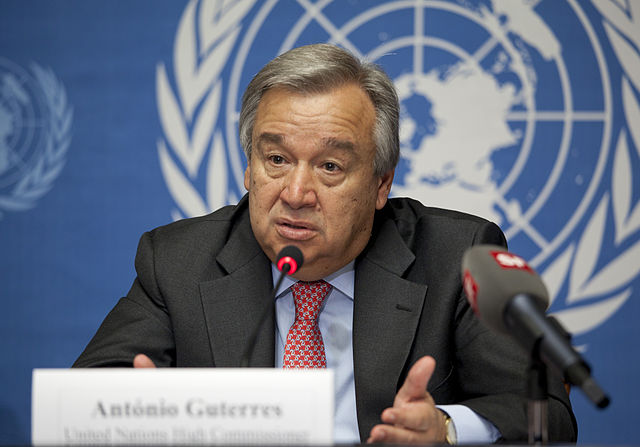
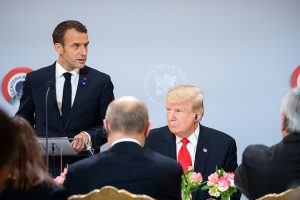
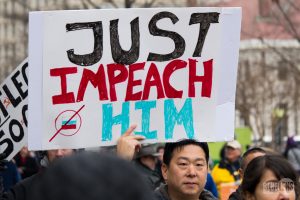
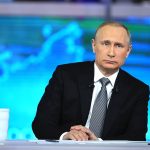
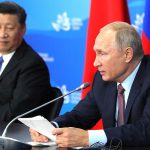
Yes, It is ideal, but what about the arm trade business? Do they remain silent to loose all their profit and will transfer their investment to agriculture?!
“The UN-sanctioned weapons-of-mass-destruction (WMD) inspection regimes provide a sound technical blueprint for the verified elimination of such weapons.” Isn’t this very relevant for the ‘denuclearization of the Korean Peninsula’–at least for the reduction and eventual elimination of nuclear weapons in DPRK? The UN should be—must be?—involved; there are 9 UN Security Council resolutions on DPRK disarmament (Secretary Pompeo just referred to them, when attempting to counter the charge that he made ‘gangster-like’ demands on DPRK.). Termination of the sanctions in those UNSC resolutions, a key step in the ‘denuclearization’ process, should be coupled with establishment of another ‘UNSCOM’ for verifying DPRK disarmament.